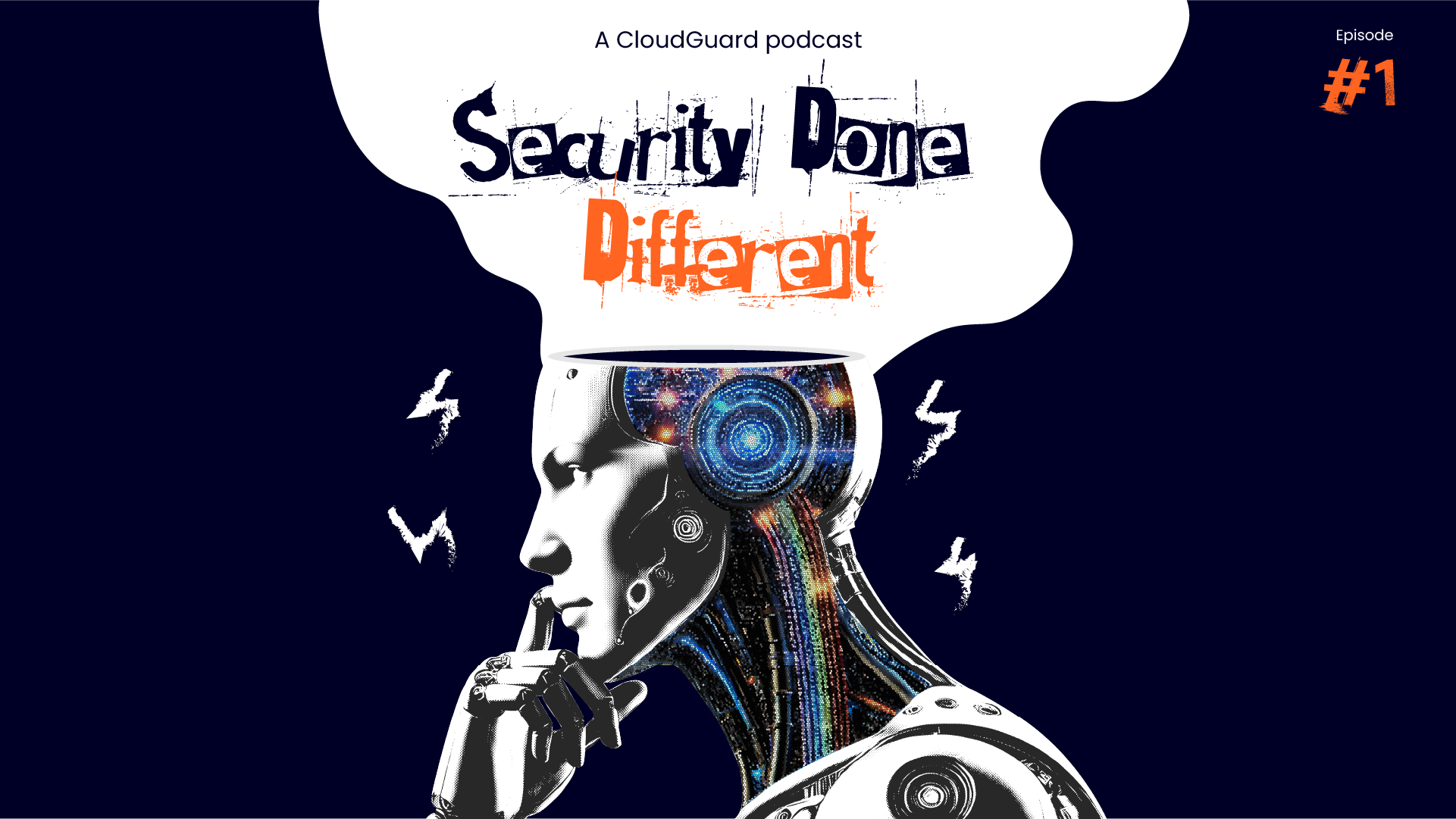Security Done Different is a cybersecurity podcast hosted by CloudGuard experts, featuring conversations with leading industry professionals. In each episode, our team of specialists speaks with cybersecurity thought leaders and innovators to explore strategies, emerging threats and practical solutions.
Welcome to episode #1
In the first episode of the series, automation experts Sean Tickle and Yakub Desai delve into shifts in cybersecurity, particularly automation and generative AI. They explore how automation boosts security operations efficiency, dispelling misconceptions that it replaces analysts.
Amid rising cyber threats, they emphasise the need to balance automation with human expertise while preparing for potential system failures. They also look toward the future of cybersecurity automation, particularly in operational technology and incident response.
If you’re looking to learn more about the future of automation cybersecurity, this is one not to be missed!
? Listen to the full episode on Spotify
Here are four key takeaways from their insights on successfully implementing automation in security operations.
1. Balance automation with continuous tuning
One of the risks of automation is that it may lead to a kind of “invisible complacency,” where benign alerts or false positives slip through unnoticed. Automation is far from a “set-and-forget” solution. The continuous refinement of detection rules and metrics is essential for maintaining accuracy.
2. Automation doesn’t replace analysts, It empowers them
A common misconception is that automation will reduce the need for human analysts. This couldn’t be further from the truth. Automation should support analysts, handling the repetitive tasks so they can focus on more complex challenges. This also frees up time for professional development and fosters growth, ultimately creating more skilled, versatile security professionals.
3. Anticipate and address automated attack sophistication
As threat actors increasingly use AI and automation, the sophistication of attacks is escalating. Attackers use AI for speed and complexity, but defenders can match this by implementing proactive, AI-driven threat intelligence and response strategies. For security teams, this means constantly expanding and adapting automation tools to protect against new types of threats.
4. Implement automation thoughtfully and focus on quality over quantity
Throwing automation at every step in the process can lead to overwhelm. Instead, teams should prioritise quality over quantity by carefully choosing what to automate and maintaining a clear view of which alerts add value. Smart automation means refining data rather than generating it, giving clients not just more security alerts but insights that matter.
Extra Links
Did you enjoy the show? Subscribe here so you don’t miss the next episode.
Follow us on LinkedIn so you never miss a CloudGuard update.








